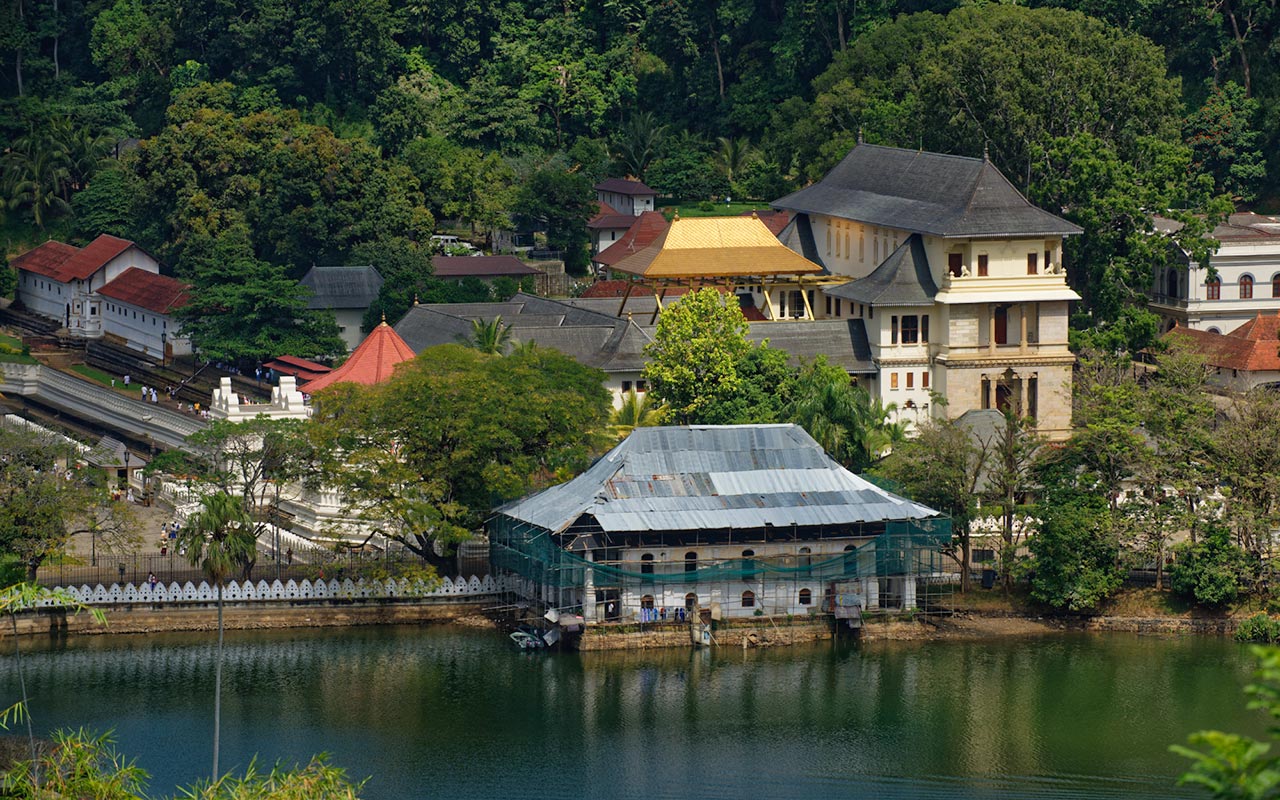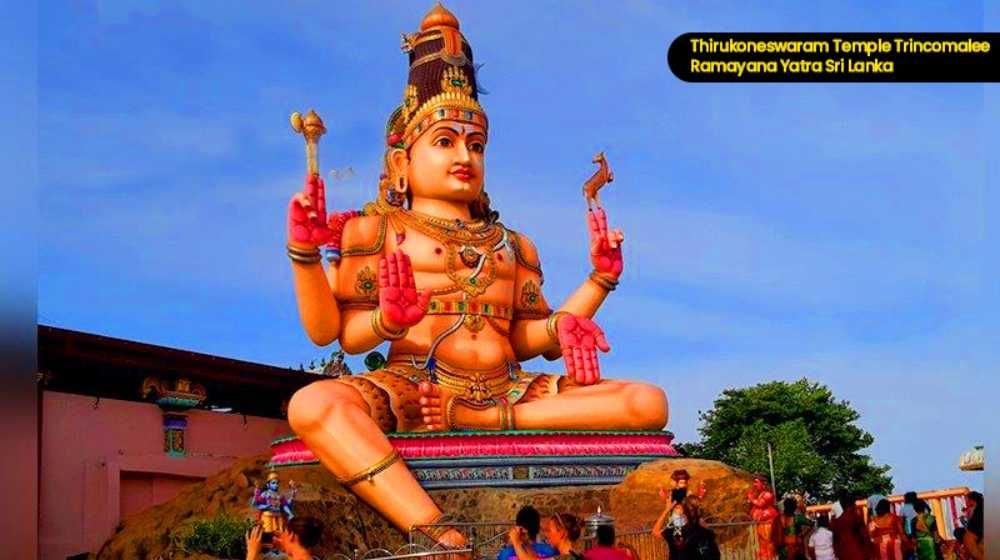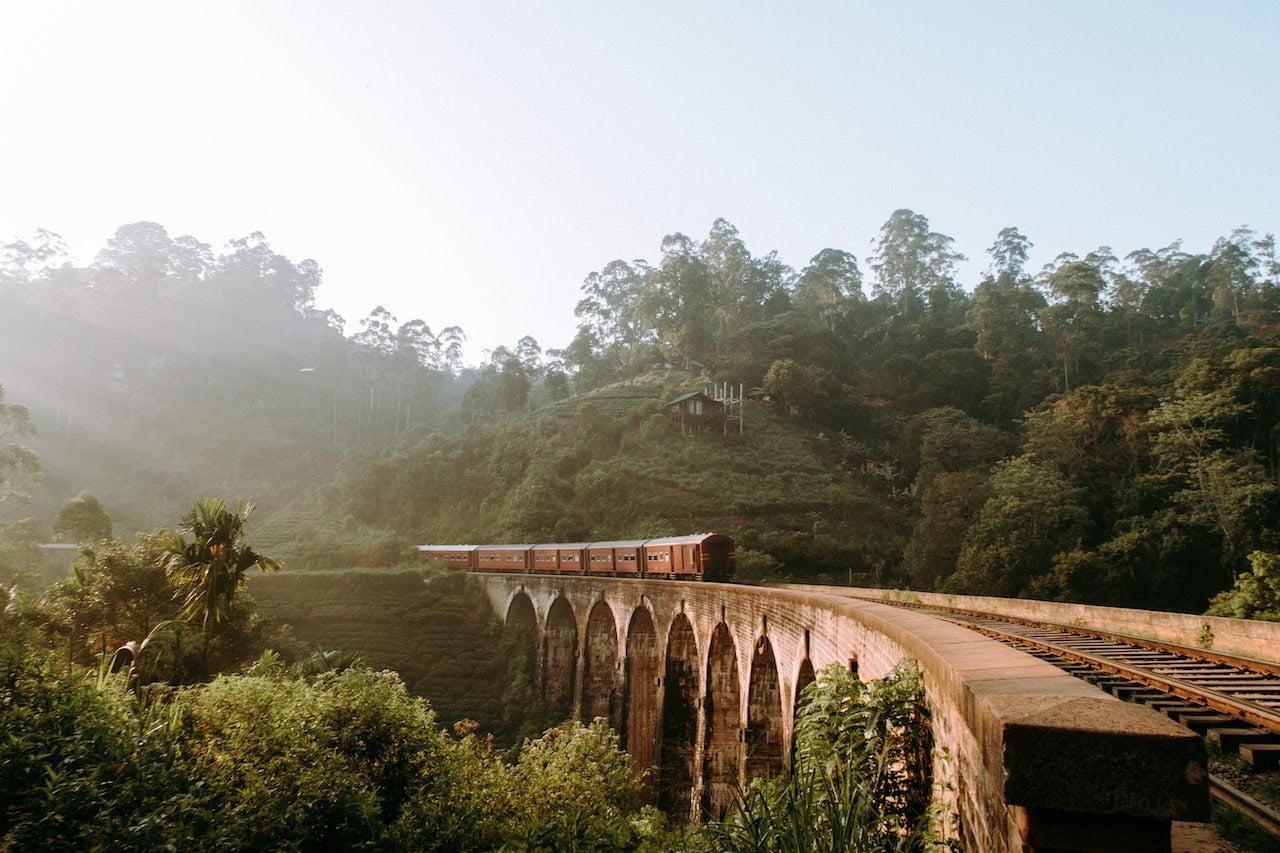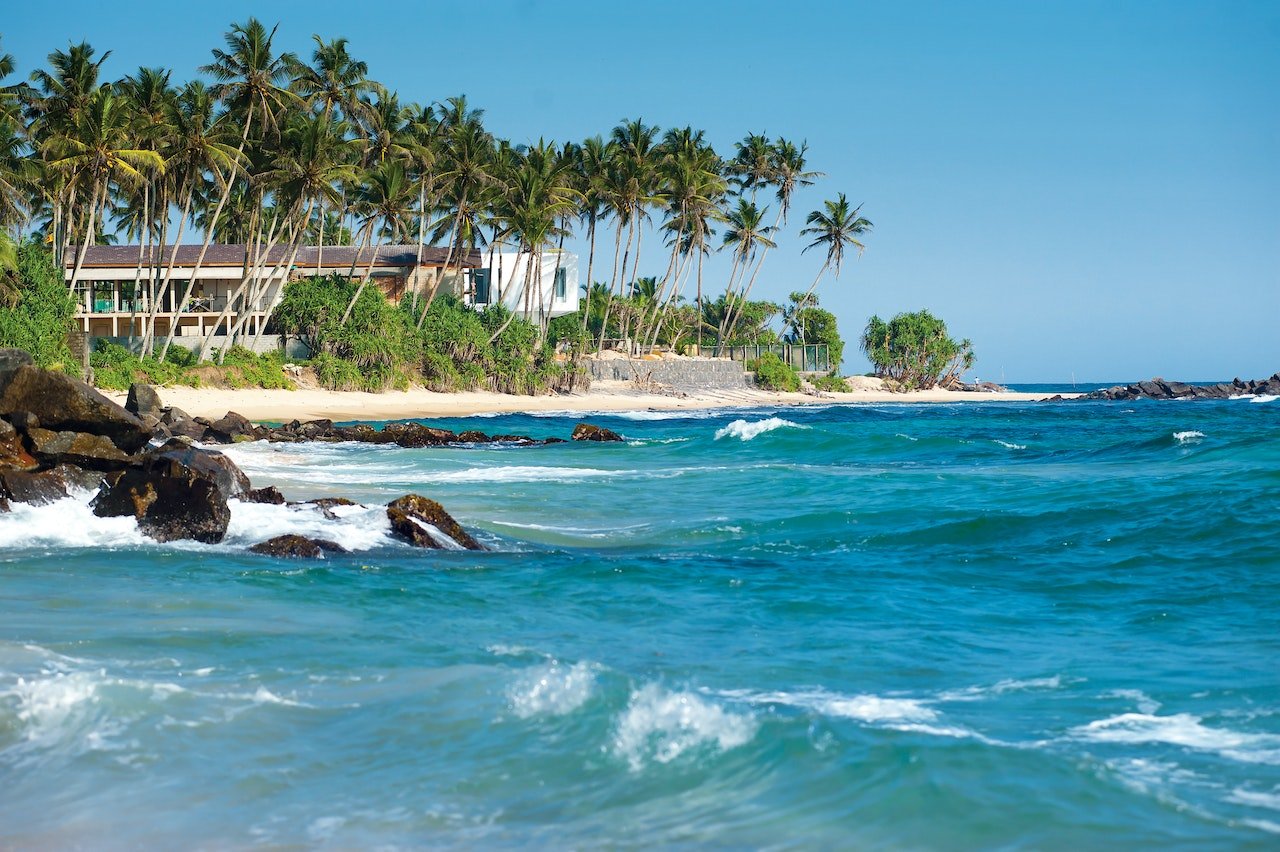FOLLOW & SUBSCRIBE BLOG INSPIRATION
reservations@globeenjoy.com
Join our community for latest news and be the first to learn about our Special experiences we introduce in the future.
QUICK LINKS

- reservations@globeenjoy.com
- oshadee@globeenjoy.com
- +94 77 442 2334
- +94 11 247 4422
Copyrights 2023 © Globeenjoy Tours. All rights reserved.











